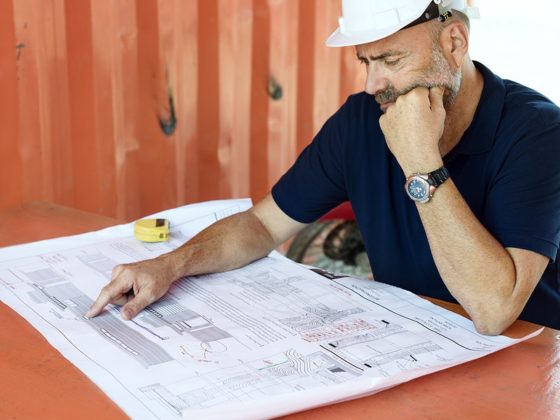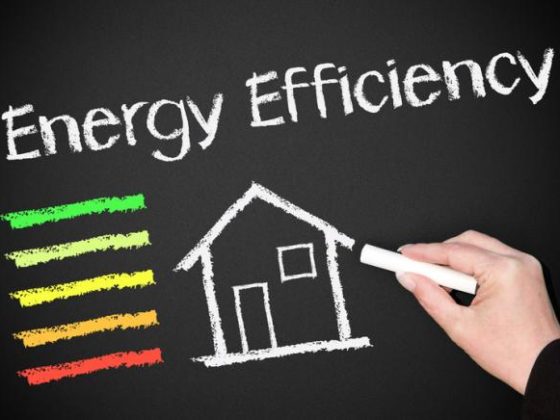As level fin heat exchanger is basic and advantageous in design and assembling, tough being used and great in appropriateness, up to this point, the heat exchanger generally utilized in Refrigeration Designing, (for example, evaporator of alkali cooling fan, surface air cooler, and so on) still broadly involves rectangular level fin as development surface.
Heat move qualities of fins
Rectangular level finn enjoys the benefits of basic and smaller design, advantageous thawing out, simple assembling, etc. Simultaneously, in light of the fact that it just relies upon expanding the heat move region to upgrade the heat move, the impact is poor, particularly in the heat exchanger with phase change heat move of liquid in the tube and constrained stream heat move of air outside the tube, the heat obstruction of the air side is as yet the primary heat opposition in the entire interaction notwithstanding the expansion of fins.
Creased fins are broadly utilized in air molding and refrigeration since they can expand the length of the air section and blend the air stream adequately. Finned tubes Creased fins can redirect air stream, incredibly increment the area of air heat move and improve the liquid aggravation.
In view of the arrangement and partition of vortices, the nonstop improvement of the heat limit layer is decreased or harmed, the attributes are really reinforced, and simultaneously, an enormous loss of opposition is brought, however the increment of heat move is more prominent than the expansion of obstruction.
Under the wet condition, the obstruction of the opened fins increases more, and the air volume of the framework diminishes. Right now, the creased fin heat exchanger can be thought of, and the fin dividing ought not be excessively little.
Heat move upgrade arrangements
In the exploration of heat move improvement on the outer layer of hardened steel fin tube by laser welding, Murphy specialists set forward different strategies for upgrade, primarily including the accompanying: first, to upgrade the choppiness power on the air side, the motivation behind heat move improvement can be accomplished by continually altering the stream course of the air stream, basically by stepping the fins into grooves, bringing about the sort of crease fins.
The second is to utilize the irregular fin surface to steadily separate the fin surface along the air stream course, to forestall the advancement of the air laminar limit layer on the fin surface, make the limit layer persistently harmed on each surface, and structure another limit layer on the following punching strip, and continually utilize the main edge impact of the punching strip to accomplish the motivation behind fortifying heat trade.
There are support fins, louver fins, and so forth having a place with this sort of finsCorrugated fins are generally utilized in air molding and refrigeration since they can build the length of the air section and blend the air stream adequately. Layered fins can steer the air stream, incredibly increase the area of air heat move and upgrade the liquid unsettling influence.
In light of the arrangement and detachment of vortices, the ceaseless improvement of the heat limit layer is diminished or harmed, the heat move qualities are successfully fortified, and simultaneously, a huge loss of opposition is brought, yet the increment of heat move is more noteworthy than the increment of obstruction. Under the wet condition, the opposition of the opened fins increases more, and the air volume of the framework diminishes. Right now, the ridged fin heat exchanger can be thought of, and the fin dispersing ought not be excessively little.
Producing interaction of low finned tube
The low-fin tube is created by the moving technique (three-roll diagonal rolling). Its functioning standard is: the smooth tube is fixed with a mandrel, the tube material is driven by the in-line skate to make a twisting direct development, and is moved by the roller The opening example made out of the depression and the center pole is continuously handled with fins on its external surface. To work with the arrangement of fins.
The moving parts take on three phases of gnawing, rolling, and forming during the twisting system, so the handled fins are finished, smooth, and customary. The finned tube delivered by this technique depends on the base tube and The external fin is a natural entire, so everything is good to go out of contact with warm obstruction, misfortune and electrical erosion.
Affecting variables of low finned tube execution
The underlying boundaries are chiefly the internal measurement and external breadth of the finned tube, the divider thickness of the finned tube, the fin pitch, the fin thickness, and the fin tallness, and so on. Air cooled heat exchangers in UAE For buildup and bubbling external the tube, because of the impact of surface strain, it additionally goodly affects fortifying heat move. Its handling has been industrialized and has been confirmed by numerous refineries.
(1) Taking everything into account, the essential and optional connection between the primary boundaries of the low-fin tube is wing pitch → wing stature → wing thickness, and the fin pitch is inside 1 ~ 2 mm. The warm exhibition increases with the expansion of the wing pitch. While the wing pitch surpasses 2mm, the heat move execution diminishes with the increment; the heat move execution diminishes with the expansion of the wing thickness and increments with the increment of the wing stature.













